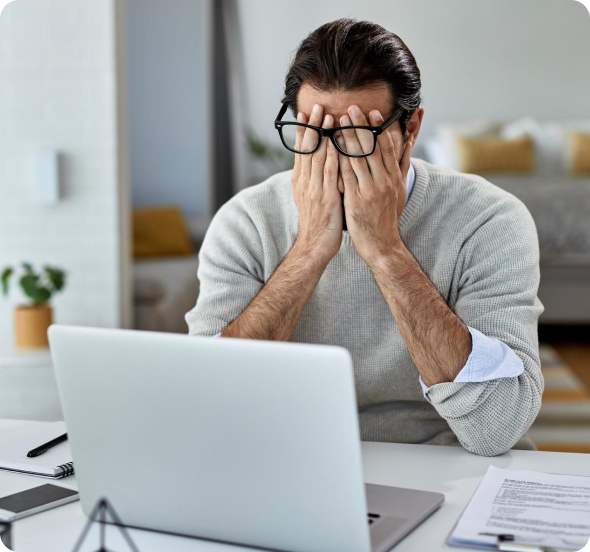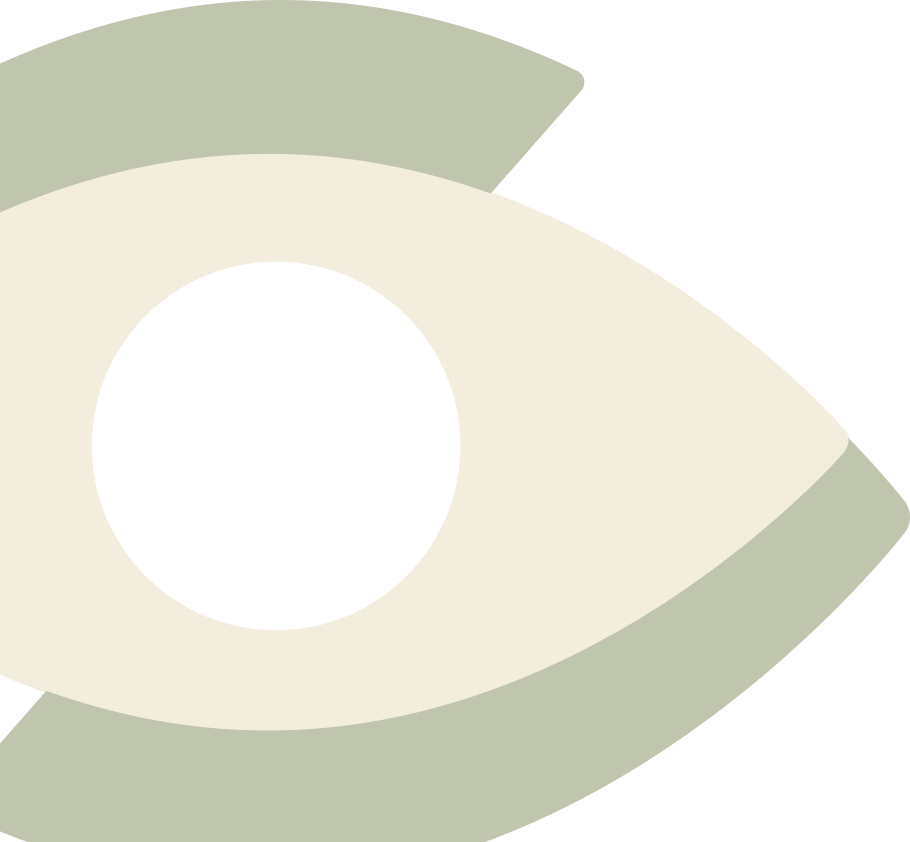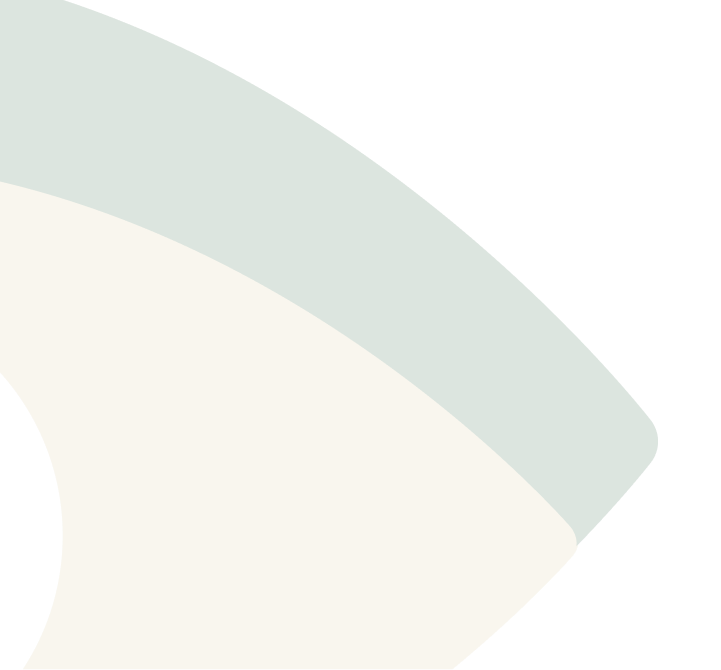
Welcome to the Future of Vision Correction
It’s hard to imagine a day without screens. While these devices keep us connected and productive, they can also lead to a common condition known as Digital Eyestrain, also known as Computer Vision Syndrome
Symptoms may include eye fatigue, dryness, blurred vision, headaches, and neck or shoulder pain. Staring at screens for extended periods reduces blinking and places extra demand on the eye’s focusing system.
Digital eyestrain can affect both adults and children, especially with increased use of devices for work, study, and leisure. A comprehensive eye examination can help identify underlying visual issues and provide tailored solutions such as prescription lenses, blue light filters, and ergonomic advice to relieve discomfort and protect your vision.

Simple Habits to Ease the Discomfort
Take regular breaks and blink more often
Place screen lower than eyes and increase screen font size
Increase ambient humidity and decrease air conditioning
Stay hydrated and maintain good posture
Ensure your spectacle prescription is appropriate for your screen distance


Lenses Made for the Digital World
Engineered to reduce eye fatigue, enhance clarity, and protect your vision from extended screen exposure.

Blue Light Filters
May reduce glare and sleep disruption especially in low-light settings.

Anti-Reflective Coating
Reduces reflections and boosts clarity ideal for screen users.

Computer Lenses
Designed for improved intermediate and near vision, to achieve perfect focus for work, and screen-time.



